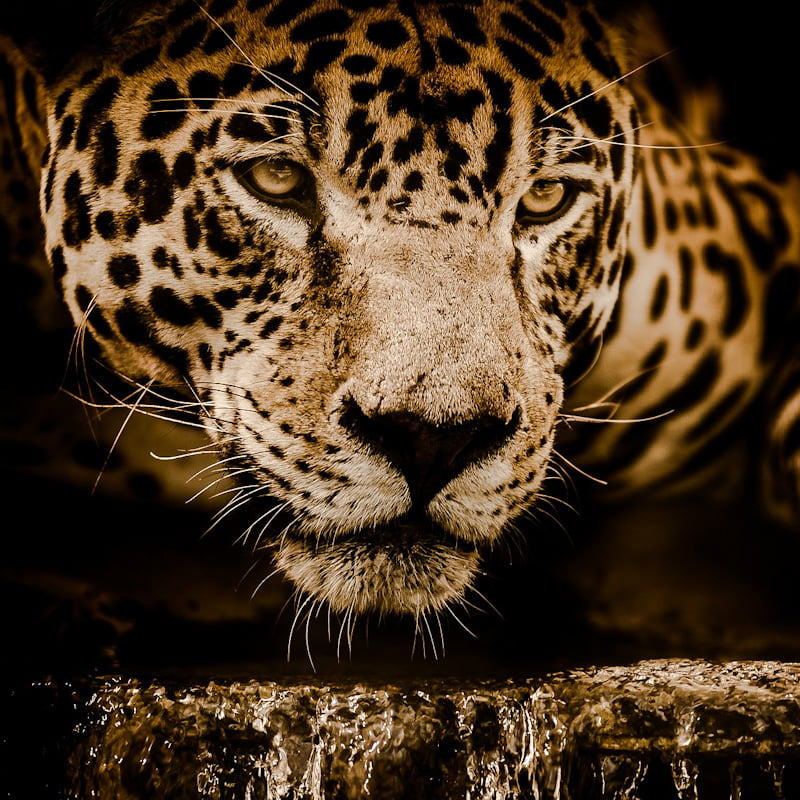Google tells me that people want to know how many Jaguars (the cat!) there are in Costa Rica. It is actually a very difficult question because I don’t think anybody is courageous enough or silly enough to actually provide a firm number. The clever ones, the experts, can’t even provide a firm number or even a good guesstimate at the number of Jaguars on the planet. They only provide estimated population densities.
The place to go to for the answer is the IUCN Red List. It’s their job to assess whether a species is surviving or heading towards extinction. They rank the survivability of a species. In doing so they should or must have a handle on population size of that species. They certainly know the general trend which for the Jaguar is decreasing. That shouldn’t surprise anybody who knows even a little bit about the wild cat species.


What they do tell me is that the population density i.e. the number of Jaguars for every hundred square kilometres in an area called Mesoamerica which is roughly the same in Central America is between 0.74 to 11.2. For South America the Jaguar density in the Brazilian Pantanal has been estimated at 6.6-6.7 for every hundred square kilometres.
I’m going to take as a very rough figure that there are about five Jaguars for every hundred square kilometres in Costa Rica. It is a guess but it’s somewhere in between the figures I have just quoted. The landmass of Costa Rica is about 51,000 km².
So if there are five Jaguars every hundred square kilometres it means that there are 5 x 511 Jaguars in Costa Rica which is 2,555. That’s probably at the top end of an estimate. It is more likely to be 1/3 of that which is 852 although, I’d say under 1,000. I’m going to settle on about 1,000 Jaguars in Costa Rica.
I could be wildly out and rather ominously, the IUCN Red List authors say that the Talamaca Mountains of Costa Rica and Panama support a Jaguar population but the probability of long-term persistence is medium to low. That assessment was made in 2007 by some scientists in a study. Also they say that in other countries of Central America such as Guatemala, Honduras and Nicaragua there is great pressure on Jaguars from deforestation and hunting. That second observation was made in 2014 by another scientist.
I therefore have to conclude that the future of the Jaguar in Costa Rica is poor. With numbers declining and with a human negative impact forcing numbers ever lower, the future is relatively bleak.
There is an interesting report in The Times newspaper today based on a study published in Nature Ecology and Evolution which came to the conclusion that human encroachment onto the territories of wild animals of many species triggers in these animals a change in behaviour greater than had been thought. It forces them into hiding to avoid people. The presence of people has an immediate effect on animal behaviour. The leopard became a night hunter because of people.
The effect is greater than habitat loss. These animals flee humans and they have to travel further food and for mating. They may decrease their movements and on average movements declined by 37% when people encroached on their lifestyle. Just an example of how humans have a negative impact on the wild species which must include Jaguars in Costa Rica.

